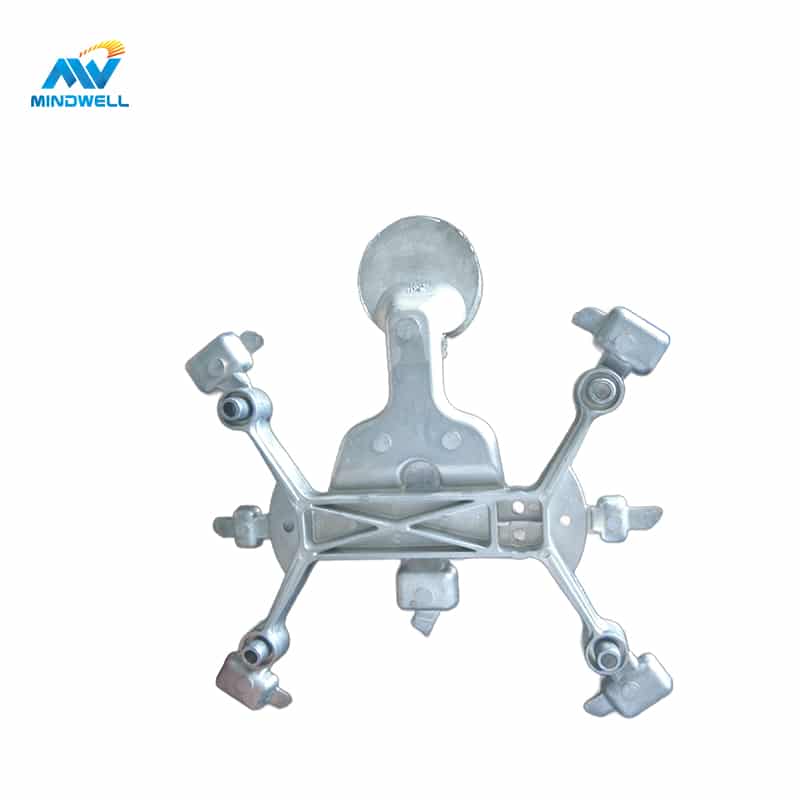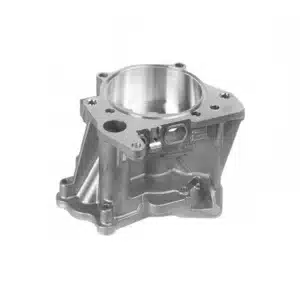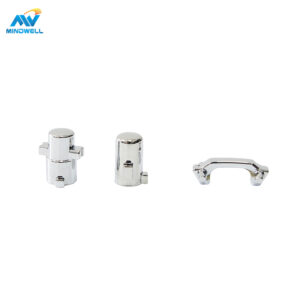Die Casting Larger Parts: Precision and Efficiency at Scale
Die casting is a highly versatile and efficient manufacturing process used to create complex metal parts with exceptional precision. While die casting is commonly associated with smaller components, advancements in technology have made it possible to produce larger parts with the same level of accuracy and efficiency. In this article, we will explore the benefits and capabilities of die casting for larger parts.
The Advantages of Die Casting
Die casting offers numerous advantages over other manufacturing processes, making it an ideal choice for producing larger parts. Here are some key benefits:
Precision and Consistency:
Die casting ensures tight tolerances and excellent dimensional accuracy, resulting in parts that fit together seamlessly. This level of precision is crucial, especially for larger parts that need to integrate with other components.
High Production Efficiency:
Die casting allows for high-volume production, making it a cost-effective solution for manufacturing larger parts. The process involves injecting molten metal into a die, which can be quickly cooled and solidified. This rapid production cycle enables manufacturers to meet tight deadlines and satisfy large-scale demands.
Geometria złożona:
Die casting excels at producing parts with intricate designs and complex shapes. This flexibility is particularly advantageous for larger parts that may require unique features or multiple integrated components.
Wytrzymałość i trwałość:
Die cast parts exhibit excellent mechanical properties, including high strength and durability. This makes them suitable for applications where reliability and longevity are critical, such as in the automotive, aerospace, and industrial sectors.
Die Casting for Larger Parts
Traditionally, die casting was primarily used for smaller parts due to limitations in the size of the dies and the machines used. However, advancements in die casting technology have expanded the possibilities, allowing for the production of larger parts with the same level of precision and efficiency.
Modern die casting machines can accommodate larger dies, enabling the creation of parts that weigh several kilograms or even more. These machines are equipped with advanced controls and monitoring systems to ensure consistent quality throughout the production process.
Die casting for larger parts often involves the use of high-pressure die casting (HPDC) or vacuum-assisted high-pressure die casting (VHPDC) techniques. These methods allow for the production of parts with complex shapes and thin walls, while maintaining the desired mechanical properties.
When it comes to material selection for larger die cast parts, aluminum and magnesium alloys are commonly used. These alloys offer a good balance of strength, weight, and cost-effectiveness. They also exhibit excellent corrosion resistance, making them suitable for various applications.
Applications of Die Casting for Larger Parts
The ability to produce larger parts through die casting opens up a wide range of applications across different industries. Some notable examples include:
Przemysł motoryzacyjny:
Die casting is widely used in the automotive industry for manufacturing engine components, transmission parts, and structural components. The ability to produce larger parts with complex geometries ensures optimal performance and efficiency in vehicles.
Aerospace Industry:
Die casting plays a crucial role in the aerospace industry, where lightweight yet strong components are essential. Larger die cast parts are used in aircraft structures, engine components, and landing gear, among others.
Industrial Equipment:
Die casting is utilized in the production of various industrial equipment, including pumps, valves, and machinery components. The ability to manufacture larger parts with intricate designs ensures reliable and efficient operation in demanding industrial environments.
Renewable Energy:
Die casting is also employed in the renewable energy sector for manufacturing components used in wind turbines and solar panels. The production of larger die cast parts ensures the durability and performance required for these energy systems.

Wnioski
Die casting has evolved to meet the demands of producing larger parts with precision and efficiency. The advancements in technology and the ability to accommodate larger dies have expanded the possibilities of die casting, making it a viable option for various industries.
Whether it’s for the automotive, aerospace, industrial, or renewable energy sectors, die casting offers a cost-effective solution for manufacturing larger parts that meet stringent quality requirements. With its ability to produce complex shapes, maintain dimensional accuracy, and provide excellent mechanical properties, die casting continues to be a reliable choice for producing high-quality components at scale.





